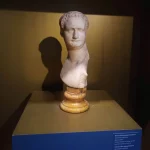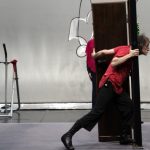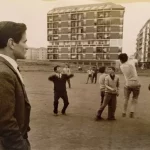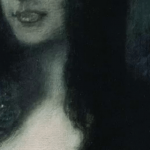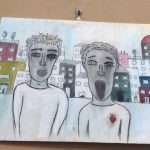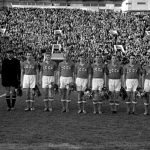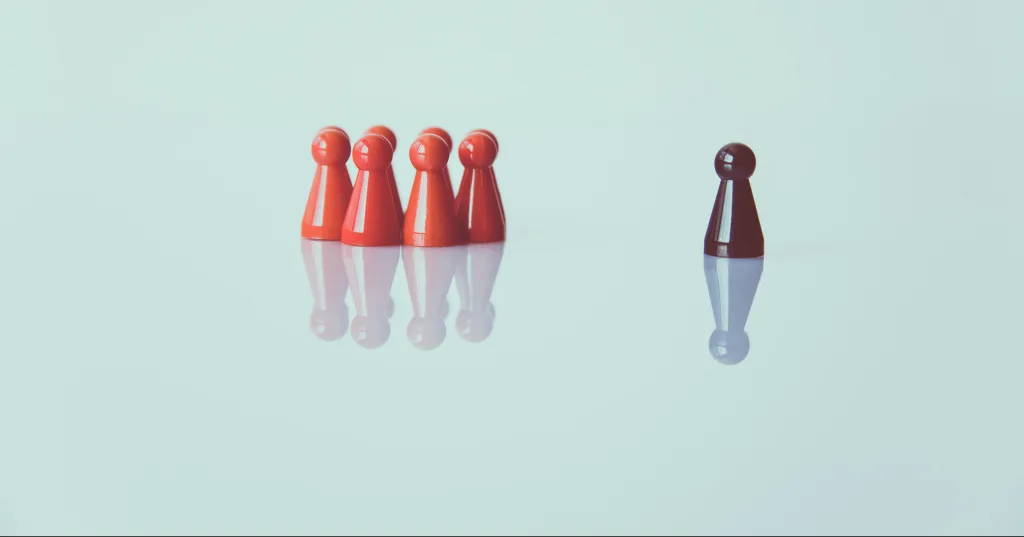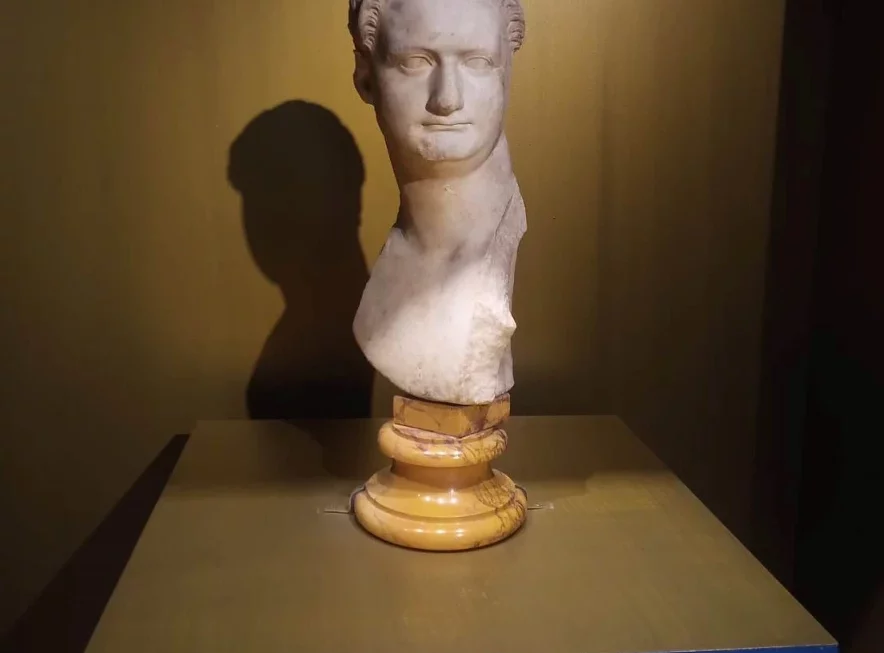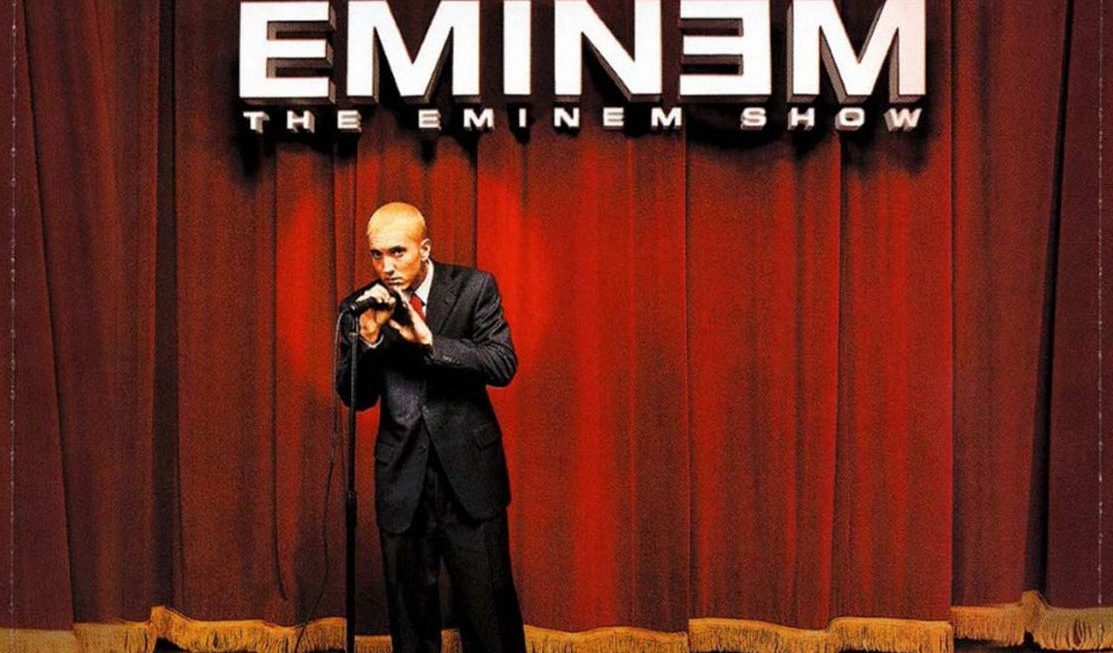“Stereotypes, prejudices and discrimination are often conceived as correlated, even if they express different concepts: stereotypes are a cognitive component, it is how our brain normally handles information, often without real awareness; prejudice is the affective component of this “stereotype”; finally, discrimination is the behavioral part that follows the prejudicial reactions”.
So stopping at the stereotype and giving it the opportunity to be flexible (Be flexible! No information is pure gold) is the key action, before becoming people full of prejudices or, worse, discriminatory persons.

Judgment itself, in fact, is not a problem. It has always existed, for better or worse, since human beings relate. It is normal to “judge”, if this means “getting an idea” of what you are facing, about the situation you are experiencing, whether it is new or old.
The problem is that, judging every day, and listening to the people who judge around us, we know the judgment and we know perfectly well how bad and often unmotivated it can be. To the point of suddenly unleashing, when it is addressed to us, all our inabilities, weaknesses, fears. Our anger. A very large proportion’s judgement, in fact, induces people to hold back certain emotions, negativizes them, effectively trying to hide the reality. A reality that an old way of saying already knew… “no one is perfect”: we should all to be more indulgent with ourselves, first, and then, naturally, with others.

The “problem” of judgment, therefore, is that it is closely linked to one’s self-esteem (or it would be better to say “self-love”): if received, it can sometimes hurt (and therefore we take it the wrong way). It means that we are undergoing it, because it was able to move something inside us, revealing at least half the truth about ourselves. If done, and not available to change, it is what gangrens the brain on monotonous beliefs (literally “one color“) that do not accept nuances, details and absurdities, aspects that, in any case, have always made up reality.
“Judging easy” has never been the solution, but it is what structures the stereotype, our first compass for living in the world.
In sociology it was Emile Durkheim, from the end of the nineteenth century, who began to spread the idea that culture (and therefore the stereotype) has its own function that helps the individual to move in society. His conception of culture, in fact, is closely connected with its coercive dimension, “since the latter imposes its own laws and models on individuals”, a vision that, however, also has a positive integration function. Culture is “the collective consciousness, made up of representations, ideals, values and feelings common to all the individuals that make it up; it precedes the individual, dominates him, is external and transcendent. Culture, in this sense, acts as a compass for the right orientation of individuals, since it creates those concepts and stereotypes that help the individual to orient himself in every situation”.

In anthropology, stereotypes are often analyzed as aspects of the symbolism of social and group relationships and can reflect and perpetuate certain social divisions. Such as between men and women: “the professions associated with gender, for example, which are clear to children from early age, being represented always and only in certain roles and activities, contributes to professional gender segregation. Men discard some professions, women have difficult access to others”. Researchers Alice Eagly and Valerie Steffen have been stressing since 1984 how sexual stereotypes influence the social division of labor, with “communal” women (“for the community”, a consistent attribute with their domestic and care role) and “agent” men (“who act” in a consistent manner with their role as workers).
In psychology, according to Susan Fiske, there are four types of stereotypes depending on the level of warmth and competence perceived about the person being judged.

“Just like all animals, also humans need to quickly determine whether the other is friend or foe. For this reason, those who are perceived as warm and competent elicit positive emotions (admiration), while those who are not perceived as warm or competent produce uniformly negative emotions (contempt). Those classified as warm but not competent, or vice versa, predictably elicit ambivalent behavioral and affective reactions: respectively, a paternalistic prejudice (typical of the dominants towards subordinates perceived as non-threatening) or an envious prejudice”.
A research carried out some year ago, again in the psychological field, revealed how stereotypes take shape.
In a sort of “Chinese whispers game” (in Italian we call it “telephone game”), in which attributes were assigned to hypothetical aliens, it was seen that as the chain proceeded, “people overestimated the similarities between aliens of the same category, also tending to think that similar physical characteristics, share also similar (personality) attributes”. In stereotyping things or people, therefore, there is no specific “will or intent”: “it only reflects the way our minds work. We take complex information networks and, especially in the process of sharing what we have learned, we create a “progressively simplified, highly structured, and easily understandable system of stereotypes”.

In short, stereotypes, “must serve us to read reality in a simplified way and not to adapt reality to them”. They help us to make familiar what is foreign to us, to learn new things and accept change (which is scary). The management of the stereotype requires a bit of commitment, beyond the mere accumulation of the same blocks of information that, if left to themselves, form walls already in our heads. It is only this that differentiates those who live today through idioms, basic situations, generic truths, politically correct languages, standardizations and so on, and those who live by looking at what happens to them from time to time. While a piece of the world is increasingly detaching itself from contact with reality, another continues to think about living, and reality is clear in front of their eyes every day.

